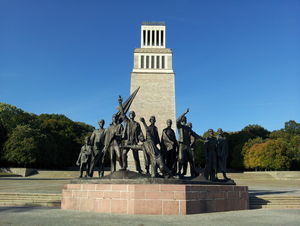
Ettersberg near Weimar - cultural landscape of extremes
The mountain ridge north-west of Weimar, visible from afar, evokes the extreme changes in German and Thuringian history like hardly any other landscape in Germany. Hidden by dense trees, the remains of the Buchenwald concentration and extermination camp are reminiscent of a cruel legacy of inhumanity; on the other hand, the glamorous palace buildings and parks of Ettersburg document a cultural boom barely more than a century before when celebrities of "German Classic" stayed on the Ettersberg.
The range of tasks for the student work moved within this arc of tension between extremes. The students should systematically record selected historical objects of the cultural landscape of Ettersberg in cadastral sheets, document them with photos and determine the respective historical backgrounds. They should use it to work out opposites and contradictions, raise more questions than answers and, against this background, create concepts for the maintenance, development and valorisation of the structures and elements examined. Particular emphasis was placed on the transfer of the recorded elements into the internet-supported cultural landscape element register "KLEKs".
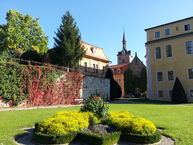
(photo: H.-H. Meyer)
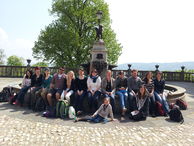
(photo: H.-H. Meyer)
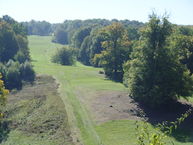
(photo: H.-H. Meyer)
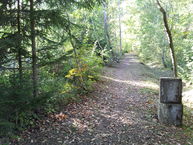
(photo: H.-H. Meyer)

(photo: H.-H. Meyer)
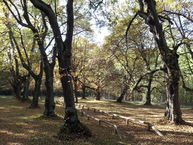
(photo: H.-H. Meyer)
Selected theses
- Parkbaeume M Pagel Portal.pdfM. Pagel: The park trees in the park of Ettersburg Castle
- Jagdstern M Gahrig Portal.pdfM. Gahrig: The "Jagdstern" on the Ettersberg
- Wallanlagen H Bachmann Portal.pdfH. Bachmann: Historic ramparts on the Ettersberg
- Schlosskirche Ettersburg S Erat Portal.pdfS. Erat: The church of Ettersburg Castle